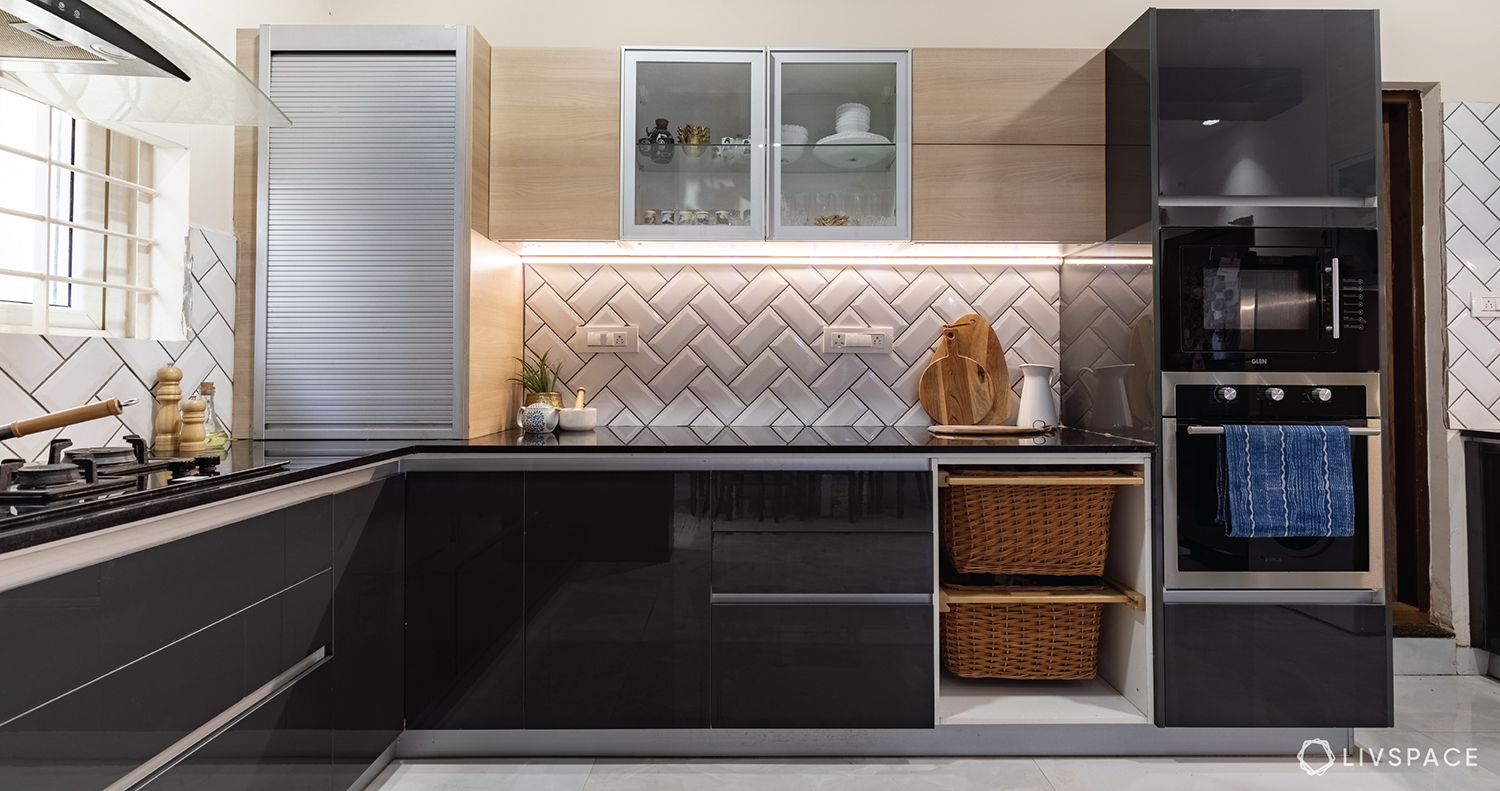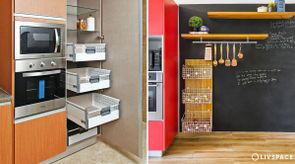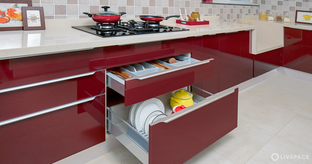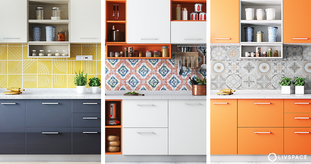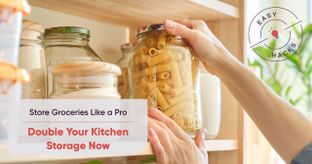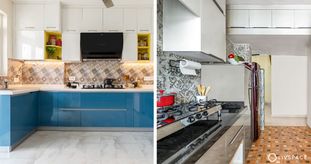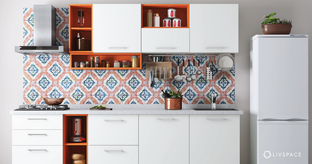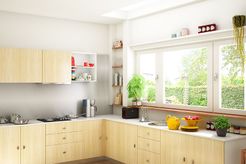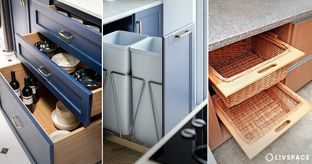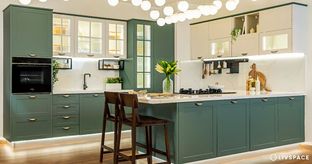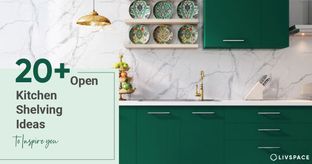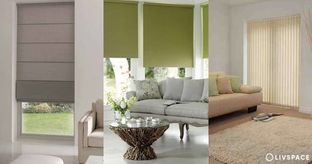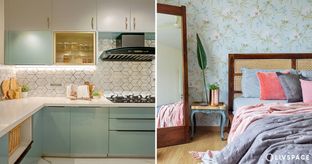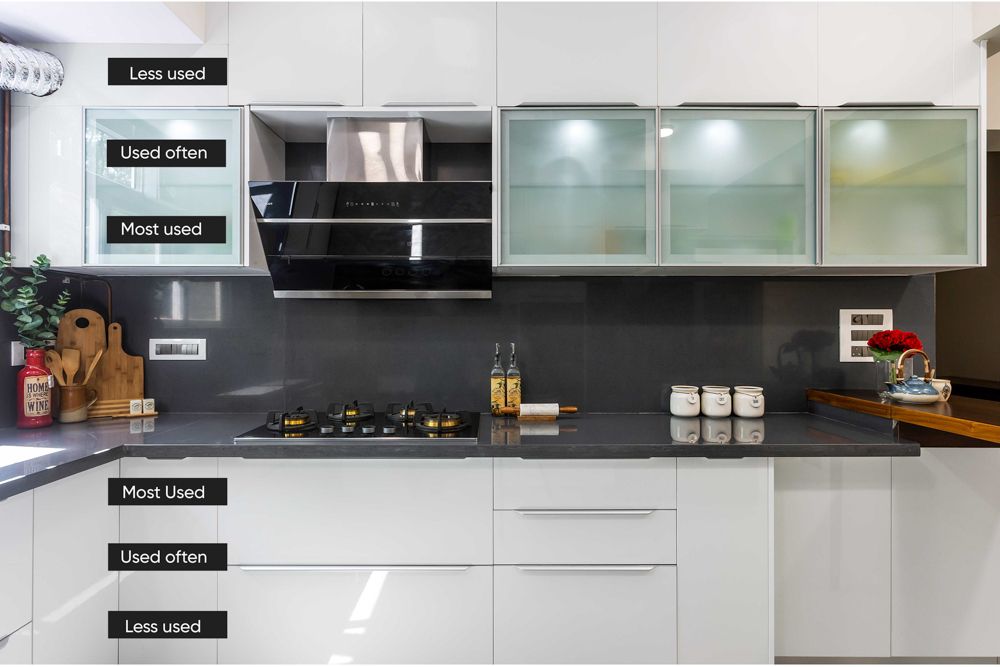
Contrary to popular beliefs, space isn’t the end-all in a kitchen. A kitchen is efficient not so much about the space you have as about the way you organise the space. When deciphering how to set up a kitchen, storage levels are handy guidelines to make future tasks seamless and avoid unnecessary movement. Here’s why and how:
How to set up a kitchen: Divide it into storage levels
Storage levels are intended to make the most-used items in a kitchen more accessible, sparing space for those that aren’t used to be neatly tucked away from sight. If you’ve ever had to take out five appliances to get out your mixer, you know the pains of disorganised cabinets. This level system makes it easier to get at what you need and keep them back in the same place without too much shifting around.
Level 1: Less used
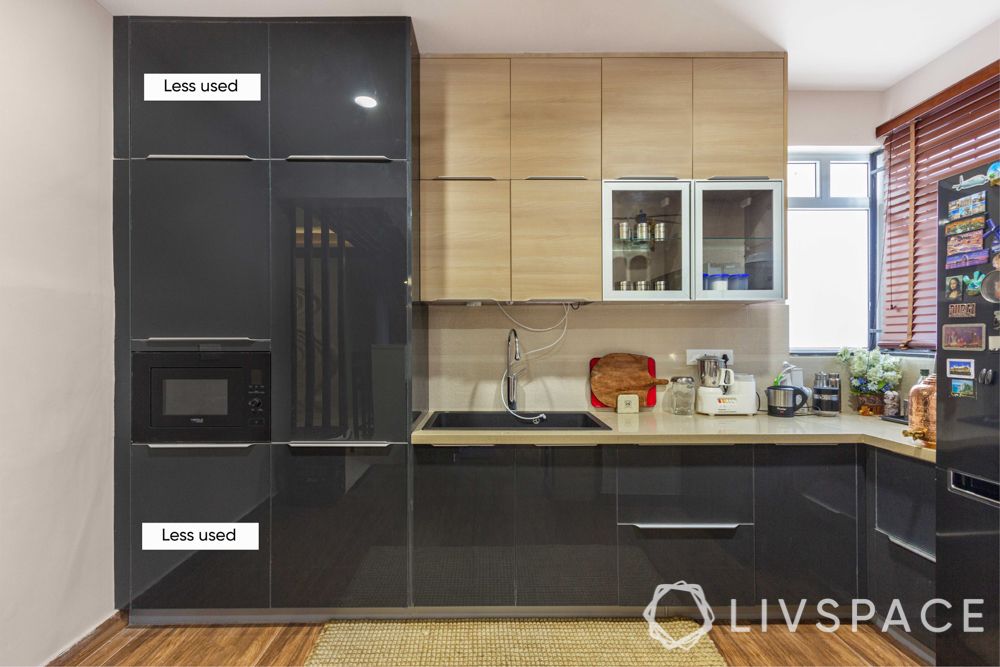
When you’re planning out how to set up a kitchen, reserve the top most and bottom most cabinets (or shelves within cabinets) for items you use the least. What goes into these cabinets depends on the kind of culinary delights you whip up. In general, you could reserve this for baking utensils, one-off appliances, fancy dinnerware, the works. The more you segregate your least-used items to store up there, the more efficient the rest of your space is. Do ensure that you clean out the cabinets once in a while so you can take stock of what you have!

Level 2: Often
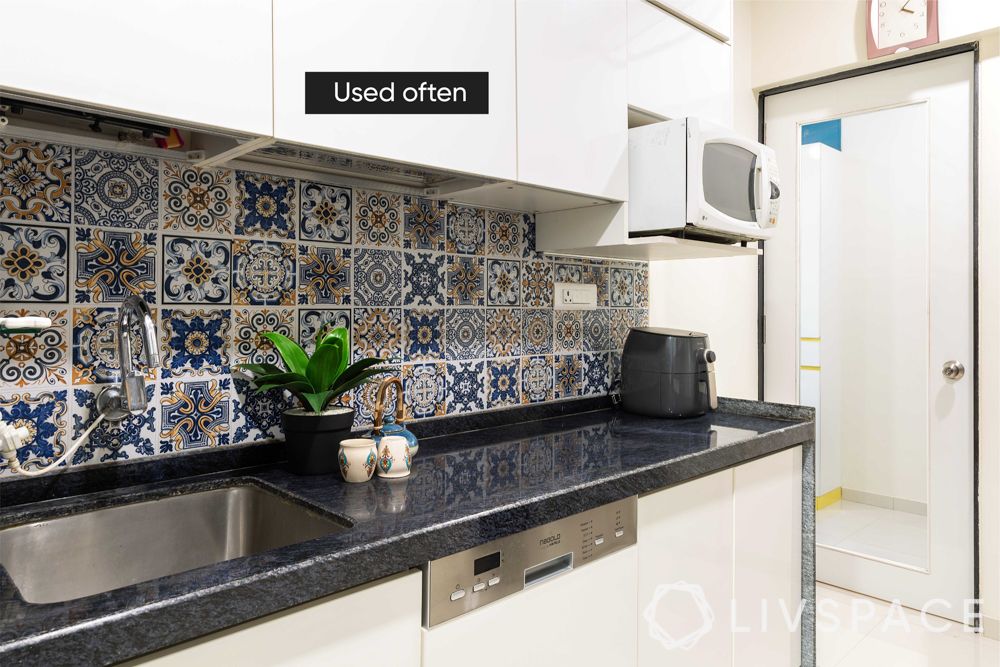
The shelves or cabinets beneath and above the less-used level constitutes the ‘Often level.’ You can use this level to store items that you use often but not every day. A good way to differentiate between ‘often’ and ‘everyday’ items is to go through your everyday routine and take note of what you use. Extra pots and pans, additional utensils and heavy-duty grinders are examples of what some households may not need on an everyday basis. Doing this before you sketch out how to set up a kitchen will help you segment items without needing to reshuffle them at a later stage.
Level 3: All the time
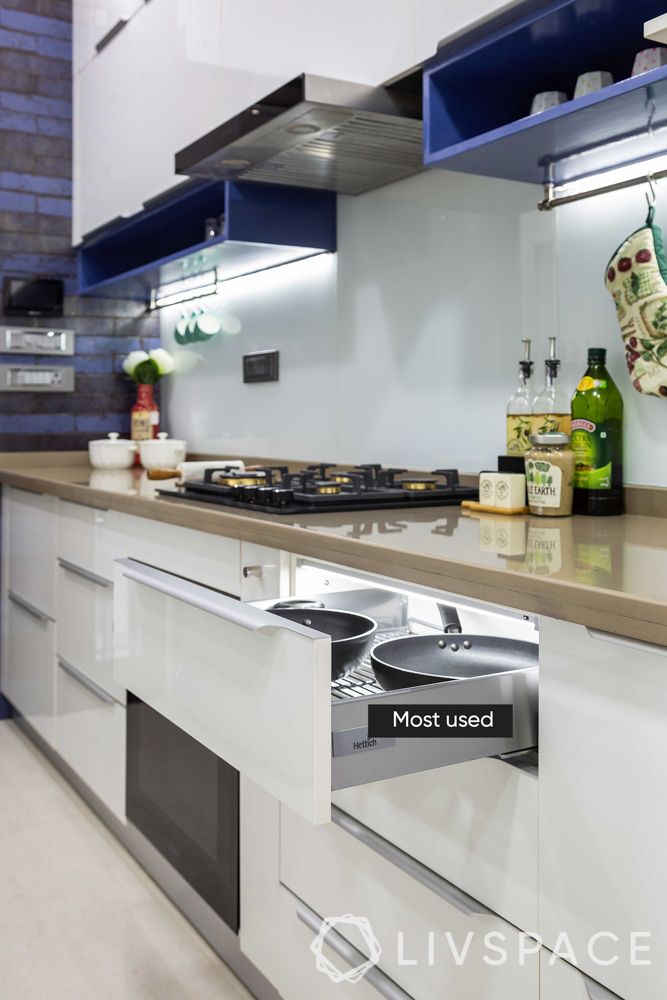
This section takes up the middle of your kitchen cabinetry, including the countertops and backsplash. It’s dedicated to storing every single item you use on a daily basis. The list could include pots, pans, vessels, kitchen utensils, cutlery and regular dinnerware. Keeping these items at the same level allows you to shift from door to drawer without having to stretch or bend too much.
Some pro tips to keep in mind
- For the elderly or those with disabilities, storage levels are that much more important. They reduce the strain needed to operate in a kitchen and keep all necessary items at their fingertips.
- If you don’t have too many cabinets, you could consider carrying this segregation out based on shelves instead. This will definitely leave your kitchen more organised!
It’s important to plan out your storage in advance while narrowing in on how to set up a kitchen. You’ll find it becoming a lot more functional and efficient to work in, if you do! Check this out for more help: 10 Steps to an Organised Kitchen.
Send in your comments and suggestions.

